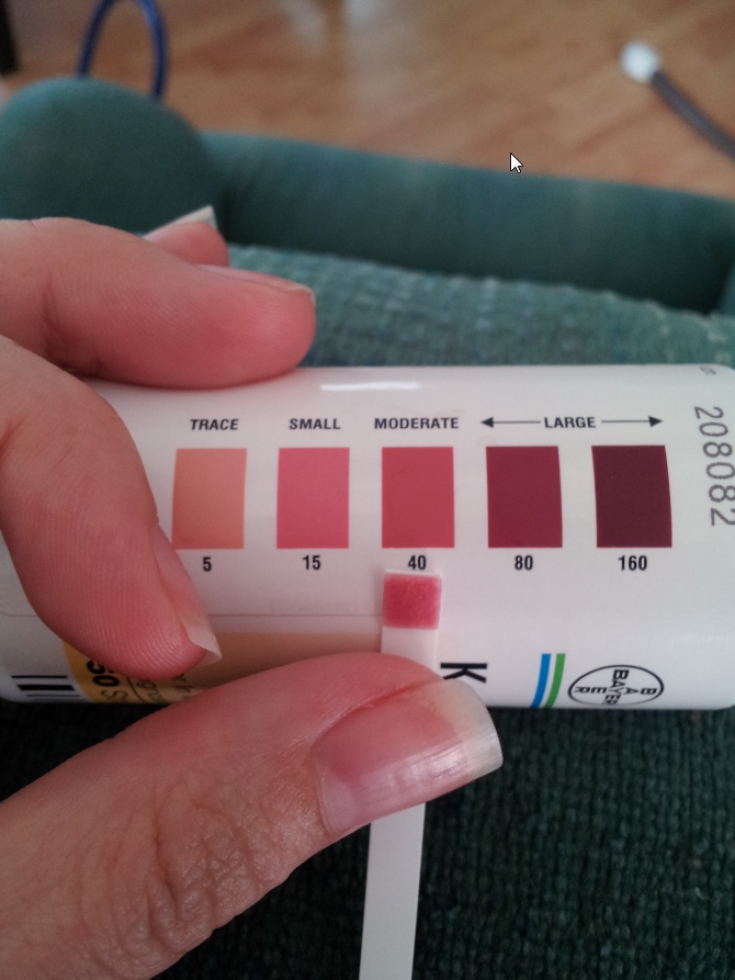Acetonemic syndrome — one of the most common diseases affecting the childhood age group, which is manifested by repeated episodes of vomiting and alternating with periods of complete well-being. Occurs predominantly in children aged 2 to 10 years and is characterized by hyperuricemia, acetonuria and acidosis. The severity of the changes that are observed in this syndrome motivates pediatricians to select the most effective treatment regimens. On estet-portal.com you can learn more about them in this article.
How to properly diagnose and treat acetonemic syndrome
Primary acetonemic syndrome occurs in children with a constitutional tendency to this disease, who have uric acid diathesis. Secondary manifests itself against the background of diseases of the digestive, endocrine system, as a result of starvation or emotional overexcitation. This syndrome is due to the high lability of the nervous system and metabolic processes. Any emotional or physical stress can become a provocative factor in the manifestation of this disease. The main consequences of the acetonemic syndrome are a violation of the water and electrolyte balance and the acid-base state.
Acetonemic syndrome:
• main causes of acetonemic syndrome;
• quick and accurate diagnosis of acetonemic syndrome;
• acetonemic syndrome — how to help properly?
The main causes of acetonemic syndrome
Acetonemic syndrome occurs against the background of increased activity of lipolysis, as a result of which the liver is overloaded with a large amount of fatty acids. The immaturity of enzymatic systems and increased load lead to the fact that the liver cannot cope with such a volume of work. The result is an excess of ketone bodies.
Ketones irritate the intestinal mucosa, causing abdominal pain and vomiting.
Ketone bodies cause acidosis, resulting in hypotension and other hemodynamic disturbances. In addition, acetone has a toxic effect on the nervous system and causes compensatory hyperventilation, which is accompanied by the smell of acetone from the mouth.

Fast and accurate diagnosis of acetonemic syndrome
It doesn't take much to diagnose acetonemic syndrome. Every person who has experienced this condition once will recognize it the next time.
Such signs draw attention to themselves:
• stereotypical bouts of vomiting;
• acetone breath odor;
• weakness, headache;
• abdominal pain;
• decreased appetite;
• ketonuria.
Ketone test strips are used to determine the level of ketones in the urine. Depending on the concentration of ketone bodies, the indicator turns into a certain color. The highest concentration corresponds to four pluses on the test strip and requires infusion therapy.
Acetonemic syndrome — how to help properly
When the first suspicions arise regarding the development of acetonemic syndrome, rehydration therapy should be started. To restore the water balance, sweet tea or special water-salt solutions are used. It is necessary to drink in small sips to avoid repeated vomiting. For the same purpose, you can use prokinetics in syrup, for example, domperidone.
If conservative methods do not help, urinary ketones correspond to three pluses and more - it is necessary to prescribe infusion therapy with saline solutions and glucose solution.
Timely diagnosis and correct treatment tactics can save a child from a severe attack of acetonemic syndrome. But it is also necessary to remember the importance of a regular and healthy diet for the prevention of this disease.







Add a comment